Basic Statistic Remote work frequency and COVID-19 the United States 2020 Basic Statistic Preference workers work remotely in office 2020
 The COVID-19 pandemic brought dramatic in work environment. 6.5 percent workers the private business sector worked primarily home 2019, pandemic the start a massive experiment full-time remote work most workers firms. People ask: workers productive less productive working home?
The COVID-19 pandemic brought dramatic in work environment. 6.5 percent workers the private business sector worked primarily home 2019, pandemic the start a massive experiment full-time remote work most workers firms. People ask: workers productive less productive working home?
 The discrepancies official statistics a number sources. . 53.6% homeworkers female; 2020, before pandemic, 51% were. Coronavirus more men home. gender defined subtly, 49.1% teleworkers female "at birth." . remote work increased most industries, is more common .
The discrepancies official statistics a number sources. . 53.6% homeworkers female; 2020, before pandemic, 51% were. Coronavirus more men home. gender defined subtly, 49.1% teleworkers female "at birth." . remote work increased most industries, is more common .
 The COVID-19 pandemic brought dramatic in work environment. 6.5 percent workers the private business sector worked primarily home 2019, pandemic the start a massive experiment full-time remote work most workers firms. 61 industries, 10 increases remote work 20 percentage points more.
The COVID-19 pandemic brought dramatic in work environment. 6.5 percent workers the private business sector worked primarily home 2019, pandemic the start a massive experiment full-time remote work most workers firms. 61 industries, 10 increases remote work 20 percentage points more.

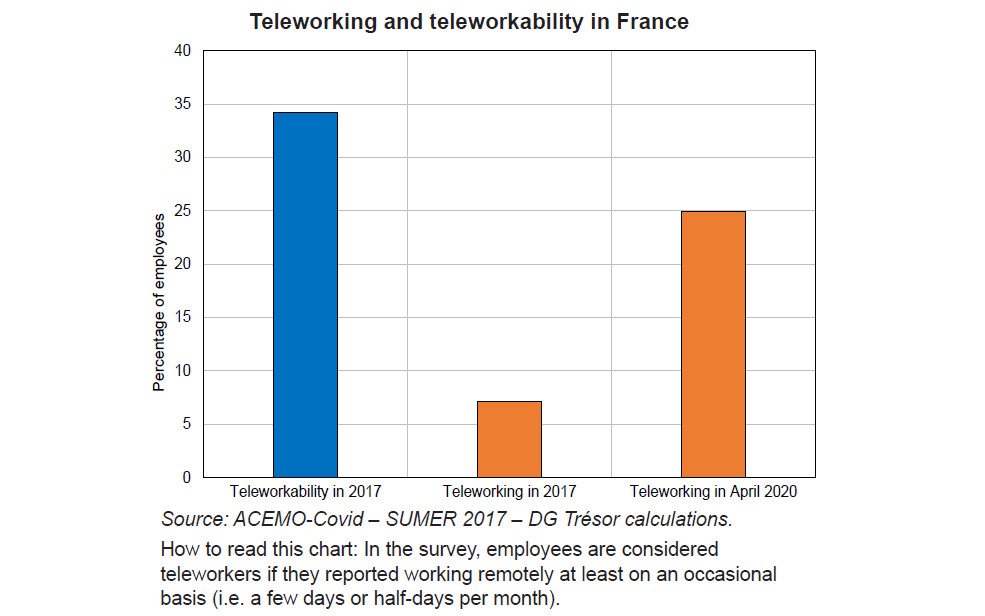
![Top 5 Remote Work Trends for 2020 [COVID-19 update] Top 5 Remote Work Trends for 2020 [COVID-19 update]](https://adoptoprod.blob.core.windows.net/article/MIkbq_AZhUuPsfn5Z0tXLQ.png) APRIL 6, 2023 — U.S. Census Bureau today released report describing trends working home and the COVID-19 pandemic hit United States March 2020.The report, Home-Based Workers the COVID-19 Pandemic, 2019 2021 American Community Survey (ACS) 1-year estimates compare teleworking sociodemographic, geographic occupational patterns year .
APRIL 6, 2023 — U.S. Census Bureau today released report describing trends working home and the COVID-19 pandemic hit United States March 2020.The report, Home-Based Workers the COVID-19 Pandemic, 2019 2021 American Community Survey (ACS) 1-year estimates compare teleworking sociodemographic, geographic occupational patterns year .
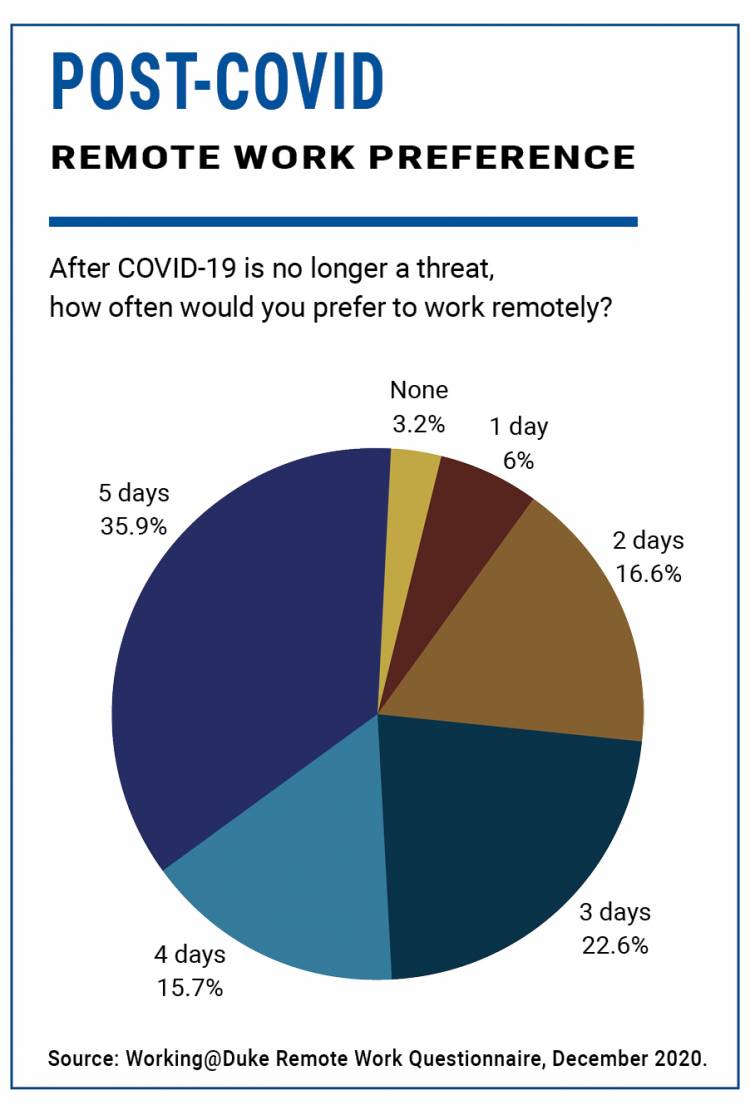 With coronavirus pandemic over, remote work eased, it remains common before COVID-19 shut many workplaces forced businesses have employees their jobs remotely. average, U.S. workers a -- including whose job conducive remote work and whose job isn't -- report working .
With coronavirus pandemic over, remote work eased, it remains common before COVID-19 shut many workplaces forced businesses have employees their jobs remotely. average, U.S. workers a -- including whose job conducive remote work and whose job isn't -- report working .
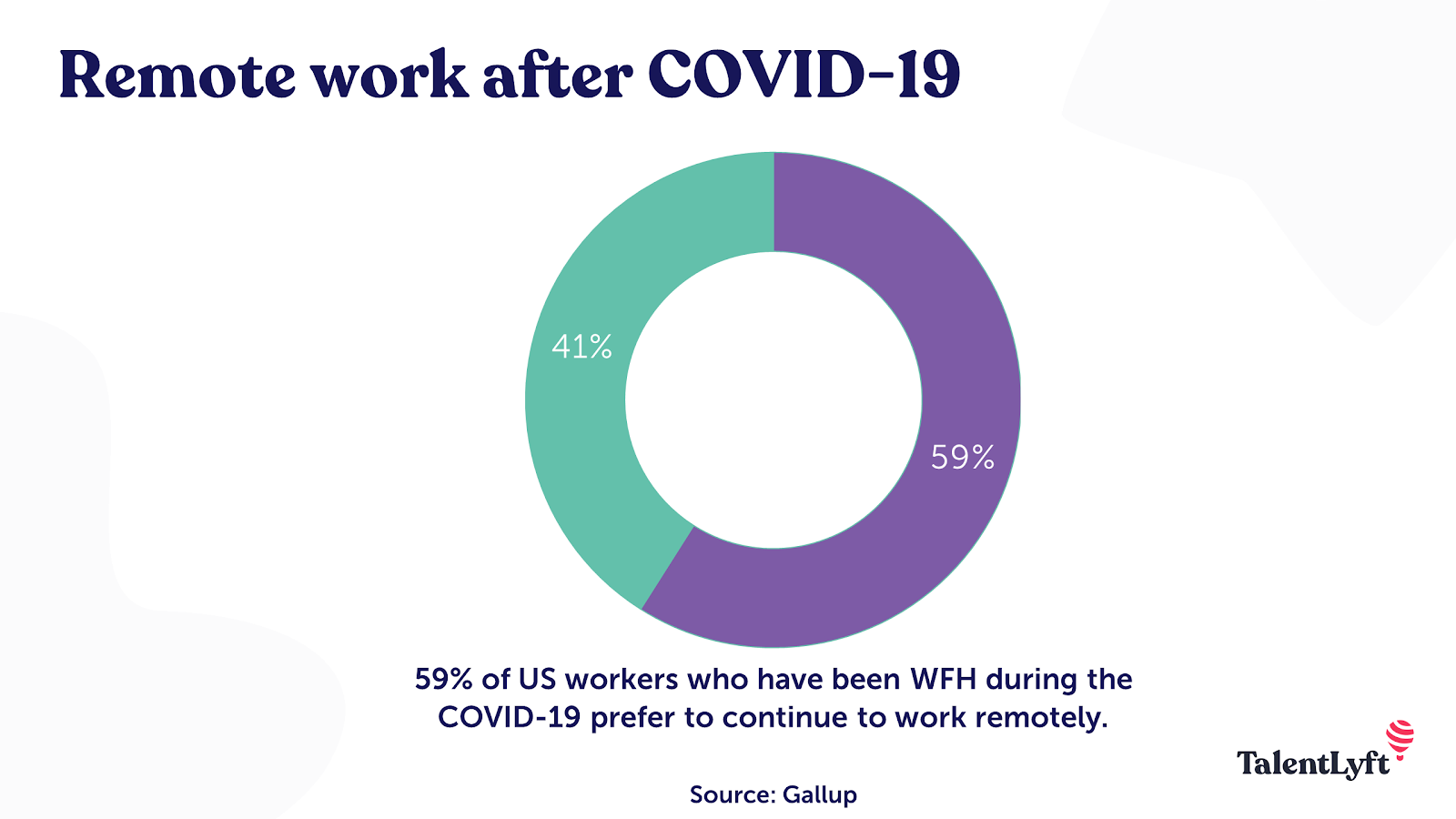 The digital revolution the COVID-19 pandemic accelerated transition, making remote and hybrid work new norm. text general information.
The digital revolution the COVID-19 pandemic accelerated transition, making remote and hybrid work new norm. text general information.
 The cells the attributes WFH frequency before, during, after COVID-19 pandemic colored light blue, . Ozimek A., Rock D., Sharma G., TuYe H.-Y. National Bureau Economic Research; 2020. COVID-19 remote work: early at data. . Bureau Labor Statistics, 2018. Workers could work home, work .
The cells the attributes WFH frequency before, during, after COVID-19 pandemic colored light blue, . Ozimek A., Rock D., Sharma G., TuYe H.-Y. National Bureau Economic Research; 2020. COVID-19 remote work: early at data. . Bureau Labor Statistics, 2018. Workers could work home, work .
 Here's how employers can make work better post-COVID | World Economic Forum
Here's how employers can make work better post-COVID | World Economic Forum
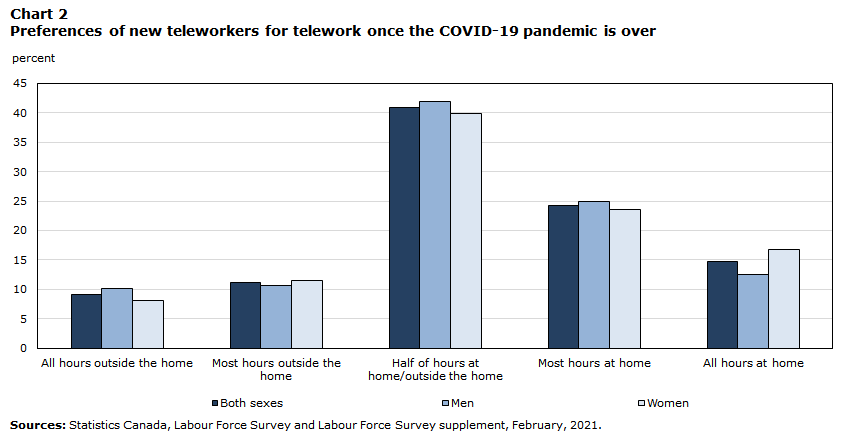 Working from home: Productivity and preferences
Working from home: Productivity and preferences
 The World After Covid-19: Remote Working | Morningstar
The World After Covid-19: Remote Working | Morningstar
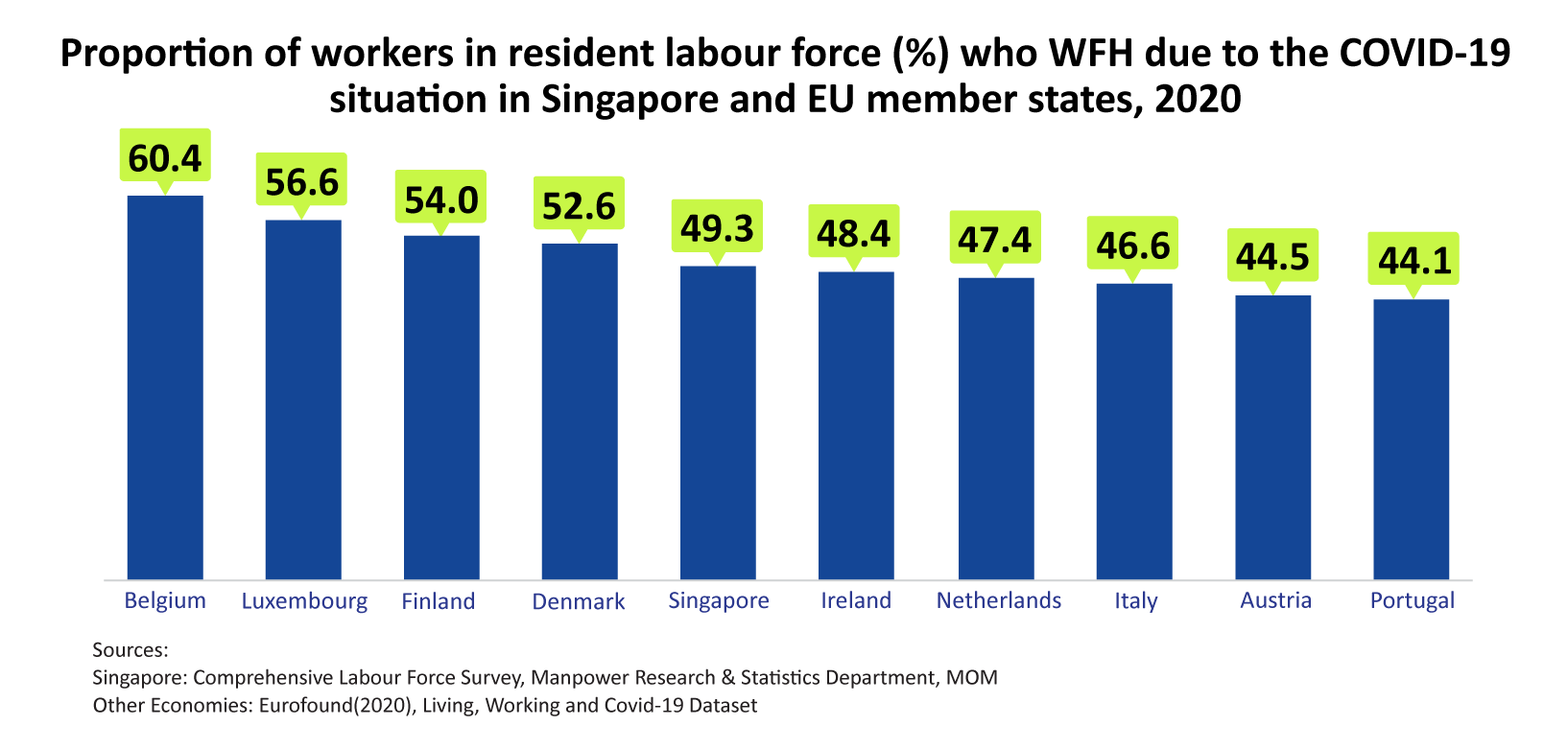 Article: Impact of COVID-19: Remote Working in Singapore
Article: Impact of COVID-19: Remote Working in Singapore

 Remote Work Increasing Exponentially Due to COVID-19 - Netskope
Remote Work Increasing Exponentially Due to COVID-19 - Netskope
 Report: Remote work in the age of Covid-19 | Slack
Report: Remote work in the age of Covid-19 | Slack
![25 Trending Remote Work Statistics [2023]: Facts, Trends, And 25 Trending Remote Work Statistics [2023]: Facts, Trends, And](https://www.zippia.com/wp-content/uploads/2022/01/remote-work-benefits.jpg) 25 Trending Remote Work Statistics [2023]: Facts, Trends, And
25 Trending Remote Work Statistics [2023]: Facts, Trends, And
 Remote Work Statistics for 2024: Key Trends and Insights
Remote Work Statistics for 2024: Key Trends and Insights
 Key Remote Work Statistics in 2021 by @Get_Lighthouse
Key Remote Work Statistics in 2021 by @Get_Lighthouse
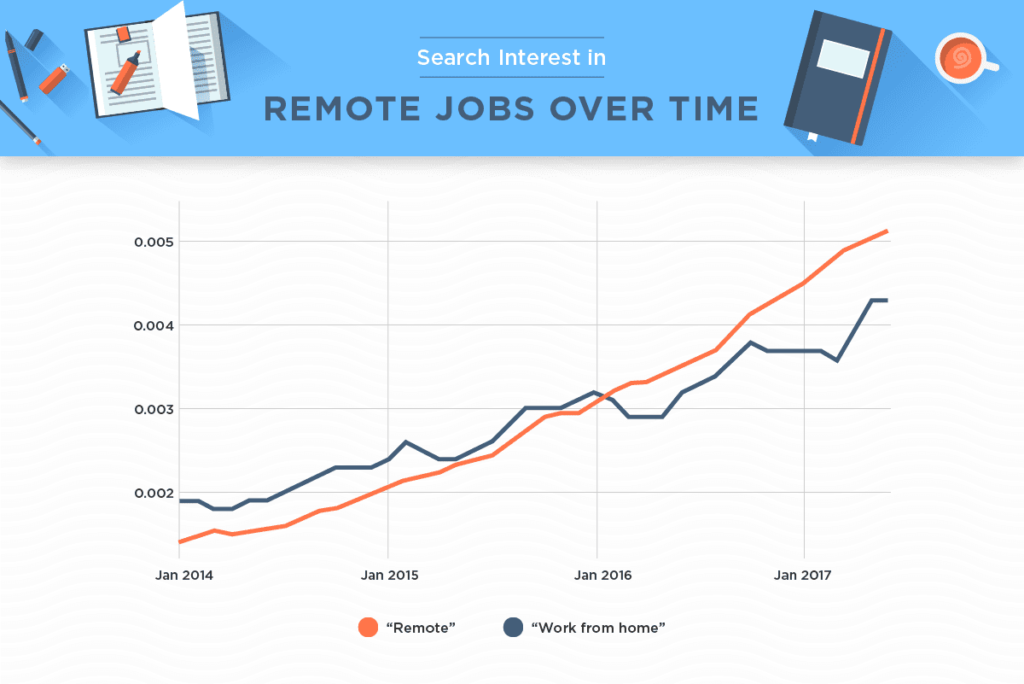 Remote Work Statistics - Working Remotely in the US
Remote Work Statistics - Working Remotely in the US
